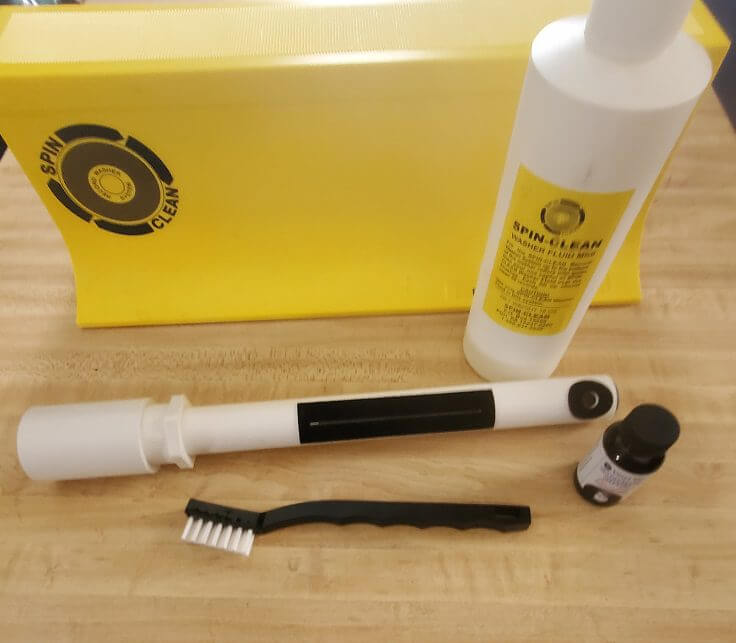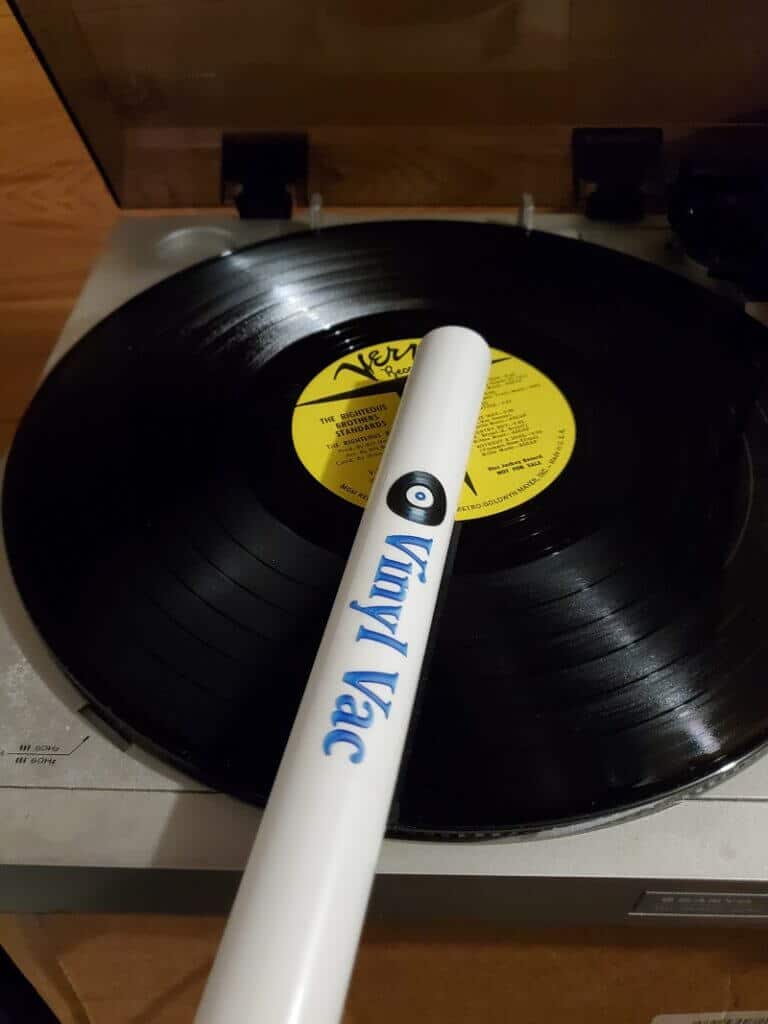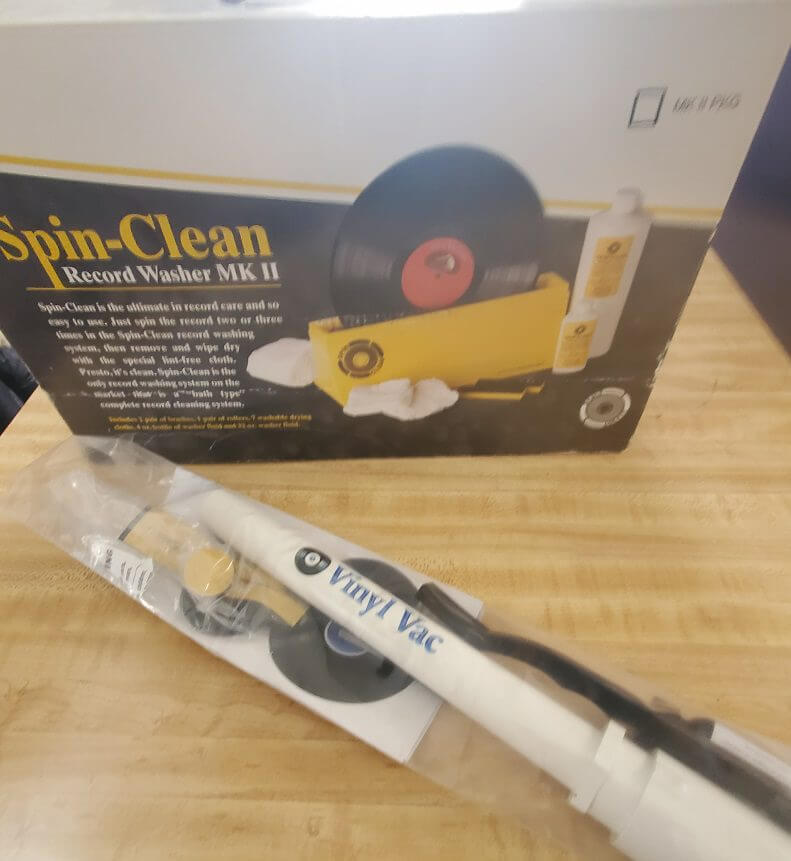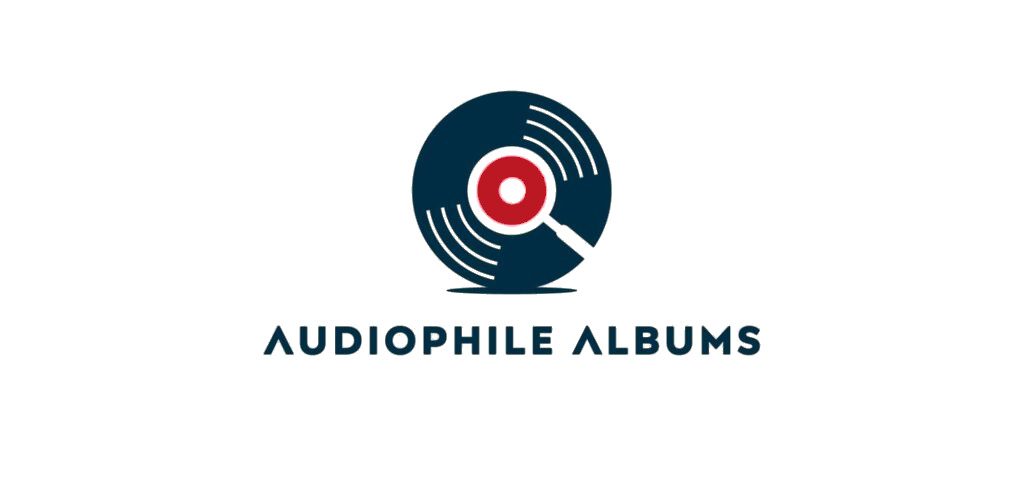One Thing Is For Certain If You’re Not Cleaning Your Records…
If you’re not cleaning your records before listening to them, you are doing it wrong!
Records get dirty, and even new records need to be cleaned. Yup! This can greatly affect sound quality and your audio equipment.
I don’t care if you have a $5.00 device or a $6,000 cleaning device for your record. At least you are doing something. That is, of course, as long as you are not damaging your records. Granted, there are better record cleaners that cost a small fortune, can clean spectacularly, and are probably the best, but keep in mind that “something is better than nothing.“
You (the reader) are just looking for information on these two cleaning systems, which is a great step for getting a quality sound and protecting your investment. One thing is for certain: you will need a system for cleaning your records, and every record collector worth his salt has some system for cleaning their dirty records.
- You Have To Start Somewhere
- Meet The Contenders
- A Quick Overview At Both Record Cleaners
- Notable Differences Worth Mentioning
- A Note On Cleaning
- Other Options To Consider
- Proper Storage After Cleaning
- The Last Groove
You Have To Start Somewhere
These two devices are a great first or final step to improving your sound quality and playback experience. Don’t let the low price tag fool you. There are many veteran vinyl enthusiasts who use any one of these two machines to clean records.
They Are Cheap But They Work
That is where this post comes in: Spin-Clean VS Vinyl Vac, as these are two of the cheapest available devices for cleaning vinyl records. Many people do not have the money to invest in a high-dollar cleaning machine or would much rather spend it on, of course, more records. Even new vinyl collectors just dipping their toes into it also don’t have a lot of money to invest in expensive cleaning machines. Often, people are stuck and wonder which is the right choice to buy.
I hope to simply lay out the differences and my experience using both cleaning devices to help people make the right choice for themselves. I think both devices work great, but there are differences that need to be considered before embarking down either road.
I have extensively used both devices and own both of them. I also hope to eventually upgrade to the Kirmuss Ultrasonic Restoration System, as this is the best system out there. The Kirmuss are pricey as well but far under the most expensive out there.
But…for extremely dirty records, I would still use a different device in conjunction with the Kirmuss to pre-clean. Keep that in mind for later about using two different cleaning systems.
Meet The Contenders
These two well-known and moderately respected record cleaners have been around for many years. I have reviewed both products on this website if you want to do a deeper dive, and I will provide the links below if you want to check them out for more information.
- Spin-Clean – For further information, check out my full, in-depth review here: Spin-Clean Record Washer Review.
- Vinyl Vac – Check out my full review of the Vinyl Vac here: Vinyl Vac Review – Does It Work?

Quick Overview of the Spin-Clean
To summarize the Spin-Clean in a couple of sentences, it is a small plastic tub that you fill with distilled water up to a line marking. You add some cleaning solution to the brushes that are removable. There are three possible positions to put the rollers in to accommodate whatever size record you are cleaning. The records are simply dropped into the grooves in the plastic tub and are easy to adjust.
Then, you simply spin the record clockwise three times and then counterclockwise three times. The dirt is removed and drops to the bottom of the basin. Then, you have to dry the records with the drying towel (provided) or air dry.

Quick Overview of the Vinyl Vac
The Viny Vac is a really simple tool made mostly of PVC parts you can find at the hardware store. There is a slit cut into the wand to collect the dirt when used with a vacuum effectively. The cut is surrounded by soft velvet pads that prevent damaging your records. There is also a spindle hole in the wand that fits into the spindle on your record player.
There are a bunch of different additional items needed to use the Vinyl Vac effectively. A wet vac, some type of turntable (preferably an old one or broken one, just so long as it spins), or a modified lazy Susan and some type of cleaning brush or pad.
Cleaning fluid is put on the record and spread out with a cleaning brush or pad. Then, you attach the wand to the spindle and vacuum the dirt and fluid off the record. This leaves the record dry immediately.
A Quick Overview At Both Record Cleaners
| The Spin-Clean | The Vinyl Vac | |
| # of Models To Choose From | 3 | 6 |
| Types of Record It will clean | 33, 45, and 78 | 33 & 78 or 45 |
| Cleaning | Cleans Both Sides At Once | Cleans only One Side At A Time |
| Requires Electricity | No | Yes |
| Additional Equipment | Distilled Water | Distilled Water, Some Sort of Turntable, Wet Vac, Cleaning Brush |
| Drying | Towel or Air Dry | Vacuuming Dries The Record |
| Skill Level | Zero Skill Level | Need Some Skill Set Is Involved |
| Cross Contamination | Medium To High – The More Records You Clean The Dirty the Water | Low, Intake Pads can collect dirt but can be cleaned after each record |
| Noise Level | Very Quiet | Loud You’re Using A Vacuum |
| Mechanical Operation | Manually Spin The Record | Manual Spin or Use A Turntable |
| Replaceable Parts | Yes – Replacement Brushes & Rollers | Yes – Velvet Intake Pads |
Notable Differences Worth Mentioning
Both of these record cleaners will clean your records; it’s just that they do it in different methods and have different ways of going about it. I will highlight some of the major features and differences to present a full and whole picture, and then you can decide which one is right for you personally.
There are major and minor trade-offs using each system, and to make the best-informed decision, you need to know what those are.
What Kind Of Records Do They Clean
Right off the bat, the Spin-Clean cleans every record out there (33 1/3, 45, and 78) right out of the box with no additional parts needed. With the Vinyl Vac, you would have to purchase two separate units to clean 33s, 45, and 78 records. In order to clean 45, you would need a different vacuum wand with a different slit cut into it, as the Vinyl Vac 33 slot is too big.
This might be an issue, or it might not. If you don’t have any 45 records, then you would only need one Vinyl Vac model. Most people have 33 1/3 records anyway, as it is the most common type of record.
Winner is Spin-Clean
Which One Is Faster To Clean Records?
I would have to say that the Spin-Clean Record Cleaner cleans the fastest out of these two in comparison. The Spin-Clean cleans both sides of the record at the same time, thereby saving you time, and if you have a stack of records to clean, it is something to consider.
You do have to hand dry or air dry the records with the Spin-Clean as opposed to the Vinyl Vac, which dries it instantly when you vacuum it.
This is something to really consider if you have a ton of records to clean. Properly cleaning a record does take a good bit of time to accomplish.
The Vinyl Vac, although it doesn’t take a long time to clean one side of the record, you have to flip the record over and clean the other side eventually. This increases the amount of time compared to the Spin-Clean, which does it all at once.
Winner is Spin-Clean
Which One Is Easier To Use?
The easiest of these two to use is the Spin-Clean, hands down the simplest. You just set the record in and spin it to clean it. You can easily clean records while watching a TV show or listening to music.
Why is this?
There is a skill set involved in using the Vinyl Vac. While not a huge skill set, it does take a little bit of time and experience using it to become a master at it. It requires you to focus to use it properly. You can’t really do it mindlessly; you have to pay attention to how the Vinyl Vac Wand is sitting on the record and make the necessary adjustments.
Winner Is Spin-Clean
Which One Cleans Better?
This is where Vinyl Vac stands proud and makes itself known for two reasons—cross-contamination of dirt and the effectiveness of vacuuming records to clean them. A clean record is what we want …Right? This is probably the most important category.

Cross Contamination
When using the Vinyl Vac, there is far less of a possibility of cross-contamination of dirt when compared to the Spin-Clean. The Spin-Clean is washing multiple records in the same water (the number of records you can clean varies before changing the water. Spin-Clean states 20-50 records while others say it’s far less, around 8-20).
Think of taking a bath in the same water that ten other people have used and your number 11. It’s not going to be the cleanest water, is it?
Thereby, records could possibly be cross-contaminated with previously washed records. The more records you clean with the Spin-Clean, the dirtier the fluid in the basin becomes until you change the water and start over again.
Spin-Clean states that the cleaning fluid grabs hold of the dirt and then drops to the bottom of the cleaning basin, but if you have ever used the Spin-Clean, you can definitely tell after cleaning a bunch of records that the water starts to become cloudy or slightly milky in appearance. Which tells me that something is suspended in the water.
The Vinyl Vac greatly reduces this cross-contamination because it does not use a bath method; you apply a cleaning solution just to one side of the record and then dispose of the fluid and dirt via the vacuum. The dirt is gone. There is a possibility of cross-contamination with the velvet intake pads or whatever brush you use, but these can be easily and quickly rinsed and cleaned.
Effectiveness Of Vacuuming Records
Vacuuming is a great method of cleaning records. As you are forcefully removing dirt and debris, this doesn’t have the drawback of contaminating. All the dirt and debris get sucked out and down into your wet vac. Plus, it completely dries the records after a few passes, and you don’t have to worry about air drying or using microfiber cloths.
Record vacuum cleaning machines are pretty popular but cost much more money than Vinyl Vac.
Winner = Vinyl Vac
Other Equipment Needed To Operate
Vinyl Vac requires additional tools in order to use it properly. You will either need an old turntable or make your own lazy Susan device. I have written about the parts you will need in my review of the Vinyl Vac review linked above. You will also need a wet vac, now most people have one of these in their house already but if you don’t you will need to factor that into the equation too.
Winner = Spin-Clean
Noise Level
The Vinyl Vac uses a vacuum, and with that comes noise, which can become bothersome over extended periods of time. The Spin-Clean is just quiet as it has no motorized parts.
Winner = Spin-Clean
A Note On Cleaning
Rinsing the record after cleaning with just distilled water is highly recommended with both systems, as this will help remove any leftover film from whatever cleaning agent you used to clean your records.
Other Options To Consider
Some people use these two cleaning methods together to clean their records effectively. These two work great for that, especially if you have really dirty records, as you could first clean in the Spin-Clean and then do a final clean with the Vinyl Vac. Or use the Vinyl Vac first and then do your final rinse in the Spin-Clean with just distilled water.

Proper Storage After Cleaning
It is always recommended to use inner and outer sleeves when you are done cleaning. More so for the inner sleeve, as this will protect against dust and dirt from getting onto your records. So, if you are planning a record cleaning session, it is a good idea to have some quality inner sleeves on hand.
Really important after you spend all that time and work cleaning your records to protect them so they stay clean.
I have written a post here, Best Vinyl Record Sleeves. I go over both inner and outer sleeves and general information pertaining to them and show the best sleeves out there to buy. I even show you how to find large outer sleeves for your bigger box sets.
The Last Groove
Both systems have their pluses and minuses. It is up to you to decide what fits you the best. As I said earlier, both systems have been around the vinyl community for a long time, and they both have earned a solid reputation. Both work well for cleaning records and are a good cheaper way of doing that.
Which one do you use? What is your experience using any cleaning device? I would love to hear what your thoughts are in the comments below.
















Recent Comments